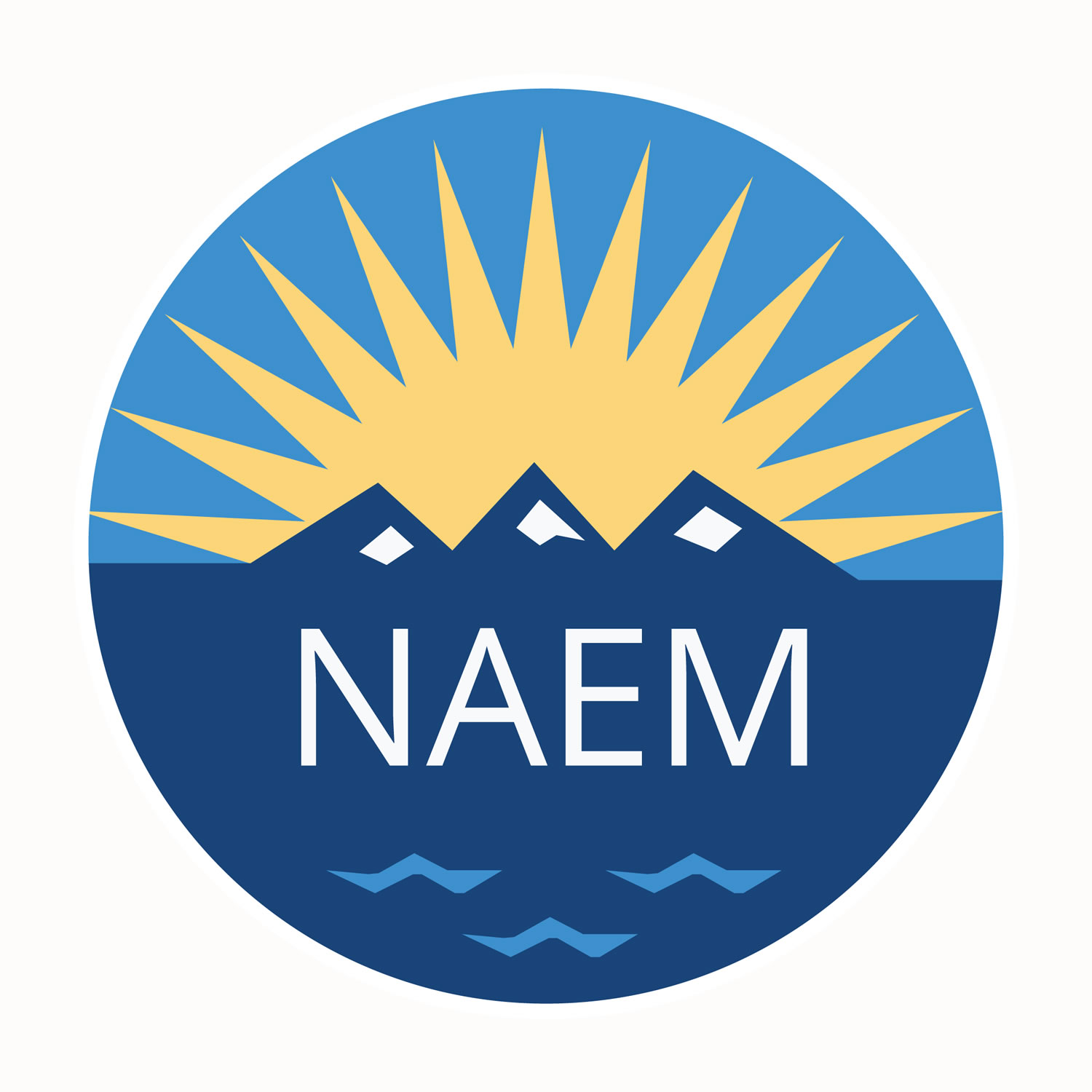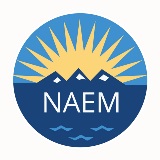Identifying Opportunities for Energy Efficiency
 John Hoekstra
John HoekstraEnergy efficiency programs and renewable energy projects are growing priorities for many companies. This week, we spoke with John Hoekstra, Director of Sustainability with Summit Energy Services to learn more about how companies are addressing these challenges.
GT: How important is energy efficiency to the sustainability programs of companies today?
JH: Energy efficiency is a key component of any sustainability program. Investors, clients and supply chain stakeholders are interested in not only the sustainability footprint of an organization, but how to reduce it. Energy is often the largest contributor to an emissions profile. The alignment of project cost and emissions impact is what many companies are seeking today.
GT: What are some best practices that organizations can use to find energy efficiency opportunities at their sites?
JH: A sustainability site assessment is an efficient method of identifying no- and low-cost reduction opportunities for energy, water and waste. The assessment will produce a roadmap of low investment activities that can save resource usage and money.
GT: In this economy, how are companies paying for sustainability projects?
JH: In addition to local and federal incentives, collaborative solutions also can assist with moving a project from paper to action. This can be in the form of the contract structure (performance-based) and leveraging market resources (incentives, demand response programs, etc).
GT: We hear a lot about state and federal budget issues. Are there still incentives available?
JH: In general, yes, although funding has certainly been affected by recent budget constraints faced by these entities. Many incentives at the federal level are slated to come to a close at the end of this year, but can always be extended by Congress. In particular, many should watch the Federal Investment Tax Credit (FITC) grant for renewables. This is a program in which the government provides a cash grant for up to 30 percent of a project's cost. If this incentive is not extended, it will be difficult to make renewable projects work in the United States.
GT: Do you see companies adding water and waste into their efficiency/reduction plans?
JH: Yes. Investors, clients and supply chain stakeholders have identified water as a scarce resource that needs to be tackled. Organizations are now being asked to report their water footprint and reduction strategies externally through vehicles such as the Carbon Disclosure Project survey. Waste efficiency is driven by many supply chain sectors: consumer goods, automotive and related packaging providers. Our experience shows that, similar to energy, waste management can be a substantial cost that needs to be actively managed.
John Hoekstra will share more tips for optimizing energy efficiency programs though incentives during NAEM's "Capitalizing on Energy Savings Incentive Programs" webinar on Aug. 9.
Related
About the Author

NAEM Staff
The National Association for Environmental, Health and Safety, and Sustainability (EHS&S) Management (NAEM) empowers corporate leaders to advance environmental stewardship, create safe and healthy workplaces and promote global sustainability. As the
leading business community for EHS&S decision-makers, we provide engaging forums, a curated network, peer benchmarking, research insights and tools for solving today’s corporate EHS&S management challenges. Visit us online at naem.org.

